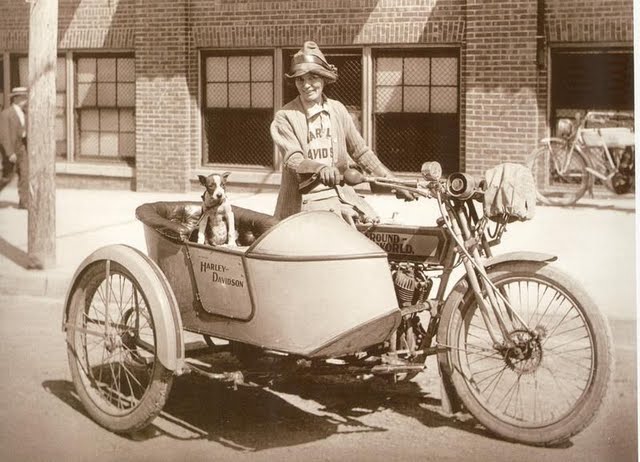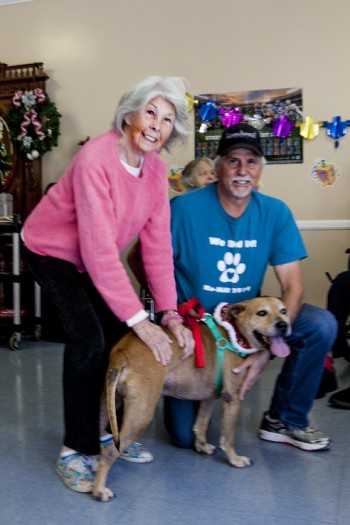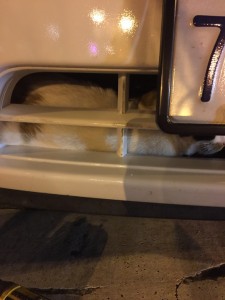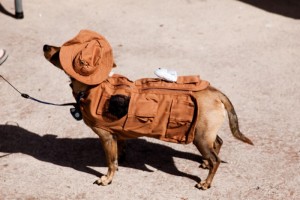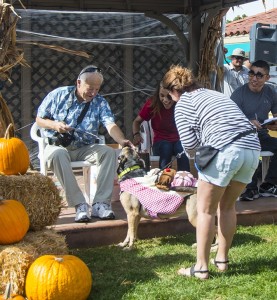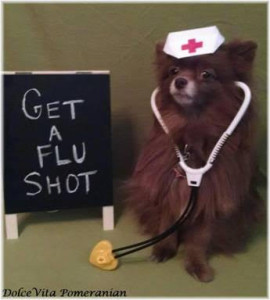• This is a nice thing so try to help. Hospice caregivers (physicians, nurses, aides, counselors, social workers, or volunteers) working in Ventura or Santa Barbara county are needed for a Ph.D. dissertation research study. The study will explore the experience of hospice caregivers who have been exposed to animal-assisted therapy sessions provided to hospice patients. Participation involves a 1-hour interview with the researcher, and there is a financial incentive for participation. For more information, email [email protected] or call 469-0063.
• This event is in Los Angeles (I’ve never been there but it is way over the hill). I’m mentioning it because it’s nice that dogs are getting credit for being so wonderful. The Dog Film Festival™ will premiere in Los Angeles on June 5. An Afternoon Tea Pooch Party will kick off the festival on June 4. The Dog Film Festival™ will premiere on the West Coast when it comes to Westwood to celebrate the love between dogs and their people – and the animal welfare groups that bring them together.
The Dog Film Festival™ features canine-themed films – documentary, animated and live-action – in two separate screenings of entirely different films.
• by my friend Victoria Usher
After going back and forth for quite some time, it has been decided that an off-leash dog park will be opened in Beverly Hills. This is something that the residents of Beverly Hills have been asking about for over a decade. The city is home to around 35,000 people, which means that picking a location for this dog park was difficult because they did not want it to be disrupting to anyone’s daily life. The 20,000 square-foot site that they ended up choosing for the dog park is located very close to City Hall and is also across Foothill from an animal hospital and the Amanda Foundation. Most people are excited about this new dog park, other people however are worried that because the dog park is located so close to the heart of the city that it could cause problems. In the end though more people felt that this was something that Beverly Hills truly needed for their dogs and if everything goes according to plan then this new dog park should be open and ready to go by next summer.
• My friend and roommate Savana is so nice (for a cat) that I want to share this information from Family Features. Do you know that sometimes at dinner time she just looks at her food and eats it later? I look at my food, eat it and say “is that all?”
Purr-fect Tips to Protect Cats Year-Round
When cooler weather arrives, you may assume your pet is safe from parasites – especially if your cat lives mostly or exclusively indoors. To the contrary, identifying the risk for parasites, such as fleas, ear mites and heartworms, and providing true pest protection for your pets has very little to do with the seasons.
“Back when I was in veterinary school, we believed there were parasite ‘seasons,’” said Chris Adolph, DVM, MS, DACVM, a board certified parasitologist(such a funny word), veterinary specialist at Zoetis and former veterinary practice owner in Broken Arrow, Oklahoma. “Today’s highly variable weather patterns have resulted in the possibility of parasite transmission well beyond traditionally warmer months, and in turn, increasing the likelihood of infection or infestation to your pets.”
Cat owner Lauren Swern learned the hard way that even indoor cats can be afflicted with parasites and ultimately traced a flea infestation in her cat, Oreo, back to a pair of sneakers she’d worn in the garden.
After trashing most of Oreo’s toys and bedding, Swern’s veterinarian recommended a topical, broad-spectrum preventive. After treatment with Revolution® (selamectin), Swern’s home was again flea-free and continues that way thanks to monthly treatments she applies to her cat.
Routine checkups. You may believe that once your kitten has received its vaccinations, you’re finished with veterinary visits. Actually, it’s important to continue taking your cat for annual examinations to help maintain a high quality of life. Cats tend to hide illness very well, and your veterinarian can help identify problems you may miss at home as well as guide you in areas such as dental care, nutrition and behavior.
Preventive medication. Regular use of a monthly parasite preventive can protect your cat from many common internal and external parasites. Along with fleas, broad-spectrum preventives can address risks related to heartworm disease, ear mites (Otodectes cynotis), roundworms (Toxocara cati) and hookworms (Ancylostoma tubaeforme).
Behavior monitoring. Don’t assume that a cat that begins exhibiting behavior problems is simply acting out. Most undesirable behaviors, such as suddenly refusing to use a litter box or aggression, can actually be signs of illness. Consulting a veterinarian can help you determine the best course of action.
Consider the climate. Just as extreme temperatures can affect people, excess heat and cold may impact your cat. Cozy bedding in front of a bright window may provide just the right warmth in winter, but prove too toasty in the summer.
Ample activities. Even mellow kitties can benefit from exercise, just like humans. Provide toys to encourage cats to keep active and healthy – and offer diversions such as scratching posts from temptations like carpet or furniture.
